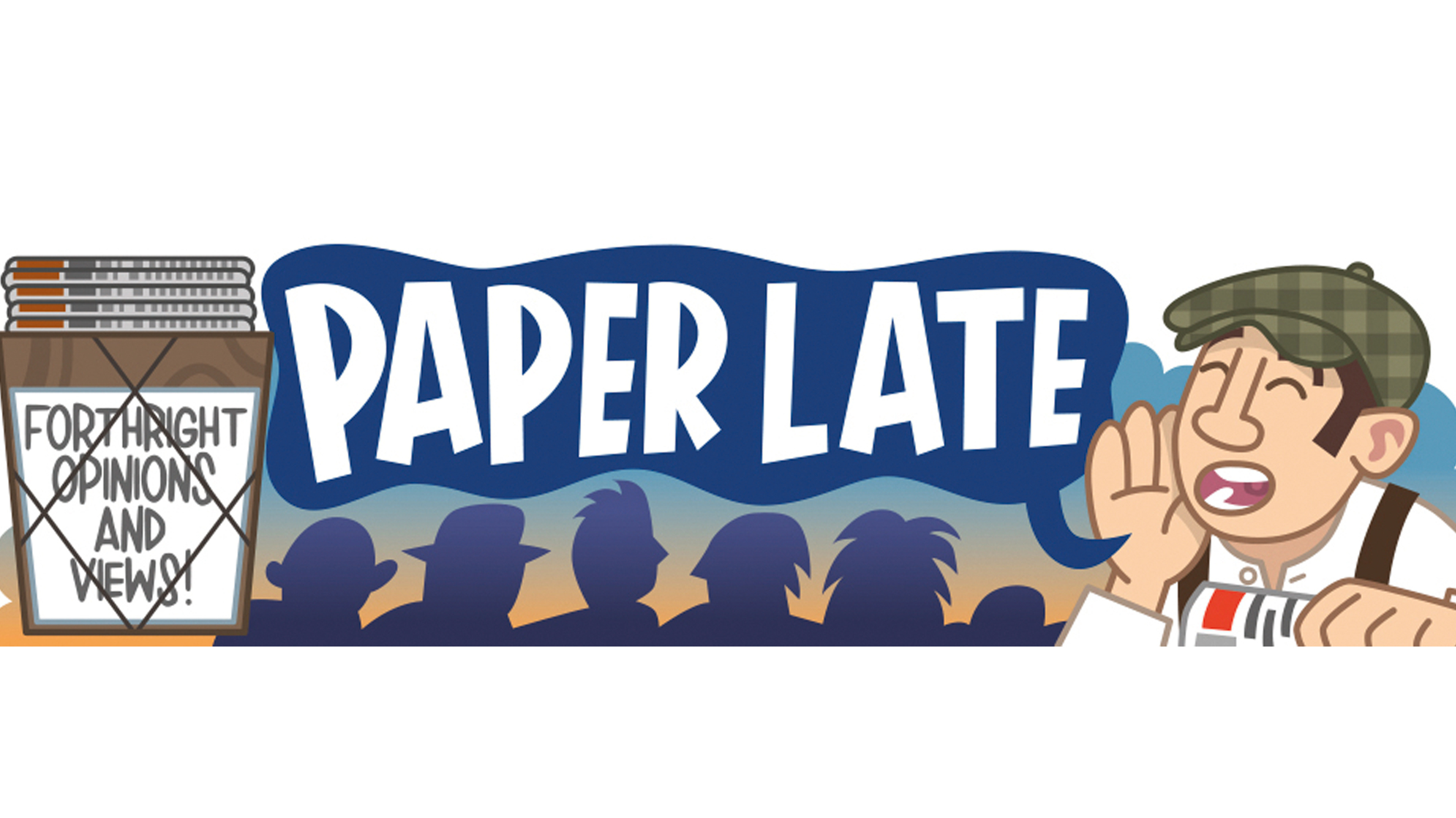Paper Late: Are fewer young people going to gigs?
A Prog writer wonders if going to see live music has become an old fashioned pastime

Earlier this year, I spoke to various people who had seen Jimi Hendrix play live. Most of them, interestingly, weren’t rock devotees by any stretch – just people who liked going out and seeing some live music in the process. It was a regular part of life for a lot of under-30s, in a way that can feel rather absent today.
These days going to a gig is a rarer occasion for many young people, and preserved only for select bands they know well. This leaves a lot of rock events dominated by older audiences. I went to Hard Rock Hell three years running and you could count the number of people under 40 on one hand. Even younger groups like The Von Hertzen Brothers have relatively mature crowds. And I can’t remember the last time I went to a young blues gunslinger’s gig where most punters still had all their hair.
I am not suggesting that young people don’t go to gigs, full stop. Obviously they do. But rock and prog shows aren’t the common pastime they once were among the under-30s. And classic-sounding prog and rock shows in particular can feel especially devoid of younger fans.
There are many reasons for this. A lot of younger listeners still think of old school prog – no matter how diverse it actually is – as something weird and beardy that happened in Canterbury in the 70s. Prog and rock acts don’t get the same support from major labels that they once did; which results in less exposure, and the need for extra tenacity on the part of fans to discover them. Gig tickets are more expensive too: a show that would have cost you a few quid in the 70s can now set you back at least £40. And on top of that, as with all popular culture, the ongoing proliferation of the internet has made it easier for bands to get lost in the ether – meaning that older acts end up relying more heavily on people who already know them from years ago, and younger ones often struggle.
On the flip side, however, it’s interesting to note the kind of gigs that do tend to attract under-30s. It’s progressive bands with roots in metal – like Opeth, Anathema and Haken – that seem to bring in more young punters. Or symphonic acts like Within Temptation, or electronically infused groups like Dead Letter Circus. Is metal, together with its sub-genres, branded as a younger person’s game? And classic prog and rock’n’roll less so?
Ultimately, all prog (and live rock generally) needs fans of all ages if it is to survive, and less of a divide between the old and new schools of thought. Tastes evolve, the musical landscape is more densely populated than ever, so why not look beyond the familiar?
Got an opinion on the matter that you’d like to share? Please email us at: prog@teamrock.com.
Sign up below to get the latest from Prog, plus exclusive special offers, direct to your inbox!

Polly is deputy editor at Classic Rock magazine, where she writes and commissions regular pieces and longer reads (including new band coverage), and has interviewed rock's biggest and newest names. She also contributes to Louder, Prog and Metal Hammer and talks about songs on the 20 Minute Club podcast. Elsewhere she's had work published in The Musician, delicious. magazine and others, and written biographies for various album campaigns. In a previous life as a women's magazine junior she interviewed Tracey Emin and Lily James – and wangled Rival Sons into the arts pages. In her spare time she writes fiction and cooks.
